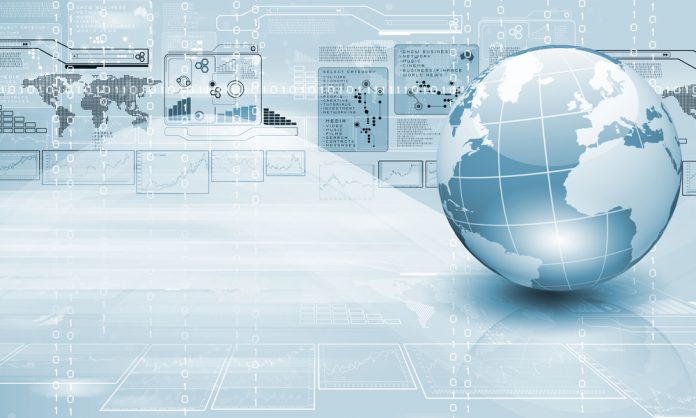At the end of every year there are predictions made for how things will develop in the year ahead. At the halfway point of the year, it’s useful to have a glance over these to see how things are going for IoT technologies and IoT development companies.
Steady rather than spectacular
The predictions that said that growth in 2019 would be steady rather than spectacular look like they’ll be the ones that are correct this year. Admittedly, “steady” for IoT would be taken in pretty much any other industry or sector as astoundingly brilliant, so it’s all relative. Along these lines, some of the publicity and marketing froth around IoT also (finally) seems to be dissipating, which may well be for the good as more realistic expectations of what IoT can deliver within what timeframes emerge in the future. Competition between internet of things companies remains fierce and is not going to diminish anytime soon.
Starting the 5G marathon
This year is seeing the start of 5G services (as much as 5G doesn’t have a standard definition yet). Samsung released its first 5G phone in South Korea in April, while May sees the start of 5G services in parts of the UK. There’s no doubt that the greater speeds and capacity of 5G will benefit IoT technologies and tools, but this is going to be a marathon, not a sprint. Consider how long it has taken 4G to fully rollout — or rather, how long it is still taking 4G to roll out. Rollout of 5G is going to take years to accomplish. To take the UK as an example, one of the major network providers, EE, said that it hoped to have full 5G distribution by 2022.
Smart cities
“Rome wasn’t built in a day” is how the old saying goes and this definitely applies to smart cities. The continued focus on the smart city concept and its implementation is certainly something that 2019 is seeing, with various announcements, conferences, challenges and so on. Transportation continues to be the big topic of discussion but interestingly it’s not big infrastructure projects that have caught the public eye in the first half of the year. It’s the humble IoT-enabled scooters that have really made a visible impact on the streets, with more and more firms becoming involved and rolling out their offerings. Inevitably, regulation is dashing to catch up. At the big picture level, we are continuing to see that though the various bits of IoT in smart cities are continuing to expand — smart parking, smart traffic lights, smart buildings and so on — they are having difficulties in working together in a way that makes a decisive impact on city life. Improvements and impact is incremental, not revolutionary.
IoT security
Cybersecurity remains front and center in many parts of the IoT world and more than ever it is in the everyday world as well. Cybersecurity related headlines are commonplace in the mainstream media. The IoT focus has gone from the more alarmist to the more considered but the pressure for IoT software development companies to make sure that their tools and programs are up to spec is stronger than ever. In this vein, one of the interesting things to look at in the second half of the year is how much effect (if at all) the US-China trade war will have on IoT development — we’ve seen Huawei handsets being pulled from several markets following the Google announcement. How much deeper will this go?
Industrial and business IoT
The adoption of IoT within established businesses and industries remains one of the often unsung and semi-hidden success stories for IoT technologies. Working with IoT software development companies, more and more firms are showing willingness to take a chance (as it is still often seen) on using IoT. The risk-benefit calculation is continuing to evolve, albeit varying massively between different sectors. As more and more firms successfully use IoT in one area of their operations, the willingness to make wider use continues to grow. Traditional industries, ones that often have cash to invest, are showing more willingness to do this, notably within the hydrocarbons and manufacturing sectors.
Final thoughts
More and more often the average person is seeing IoT having an effect on their daily life (even if not realizing it). The market that a company centered on internet of things software development can operate in continues to be vast and dynamic. Fortunately, the challenges of making marketable, successful products that succeed in a highly competitive marketplace remain ever present.
Find a Home-Based Business to Start-Up >>> Hundreds of Business Listings.
















































